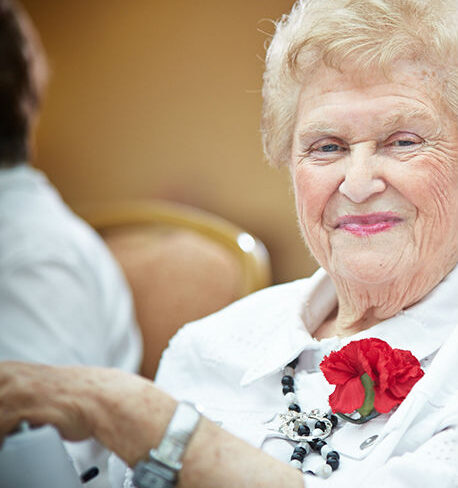When a senior loved one lives alone, especially in an older home, adult children often worry about their safety. A fall on the stairs or in the bathroom may leave the senior with no way to call for help. A fire that occurs in the kitchen when your older family member is preparing dinner can have dangerous consequences.
These are legitimate concerns for families with an older loved one. Seniors are at higher risk for both.
To help address these concerns and others, we created our Home Safety Checklist. You can use it to identify potential trouble spots in and around your senior loved one’s home.
Assessing a Senior’s Home for Safety Concerns
| Location | Safety Issue | Concerns to Address |
| Interior Safety Issues | A working smoke detector is installed on each level of the home | |
| Carbon monoxide detector is installed in the home | ||
| Stairways and hallways have strong lighting with light switches at the top and bottom of the stairway | ||
| The furnace is inspected every fall | ||
| The water heater is set at a safe temperature | ||
| Flooring and carpeting is in good repair with no tears or bunches that present a fall risk | ||
| The home is free of throw rugs and extension cords that are easy to trip over | ||
| Most commonly traveled pathways are free of furniture and clutter | ||
| Furniture placement allows for easy movement | ||
| The senior has a cordless phone on every level of the home and/or cell phone to use for emergencies | ||
| Windows and doors have working locks | ||
| A home security system that includes an emergency call pendant is in place | ||
| A walk-in shower or bathtub without an edge is available in the home | ||
| A raised toilet seat is installed for seniors with balance problems | ||
| Grab bar are installed at the bedside and on both sides of the toilet | ||
| Flashlights are strategically located throughout the home: bedside table, living room end table, kitchen | ||
| Knobs on the stove turn on and off at the front; no reaching over open flames and burners | ||
| If your loved one doesn’t have one, consider adding a stovetop alarm that turns off the burner if a pan is left unattended too long | ||
| A small fire extinguisher is stored in the kitchen in an easily accessible place | ||
| Exterior Safety |
Steps and stairways going in to the house and garage have secure handrails | |
| Exterior doorways have motion sensitive lights | ||
| The senior has an electric garage door opener to help minimize the number of times they have to enter and exit the vehicle | ||
| Sidewalks are in good repair with no potential fall hazards | ||
| A snow and ice removal plan is in place | ||
| Bushes and shrubbery near windows and doors are removed or trimmed back to deter break-ins |
If you and the older adult you love decide moving to a senior living community is a safer, healthier option, we have a variety of resources to help you make an informed choice. Making a Move to a Senior Living Community is rich with information ranging from understanding the various types of housing options to choosing the right community.

